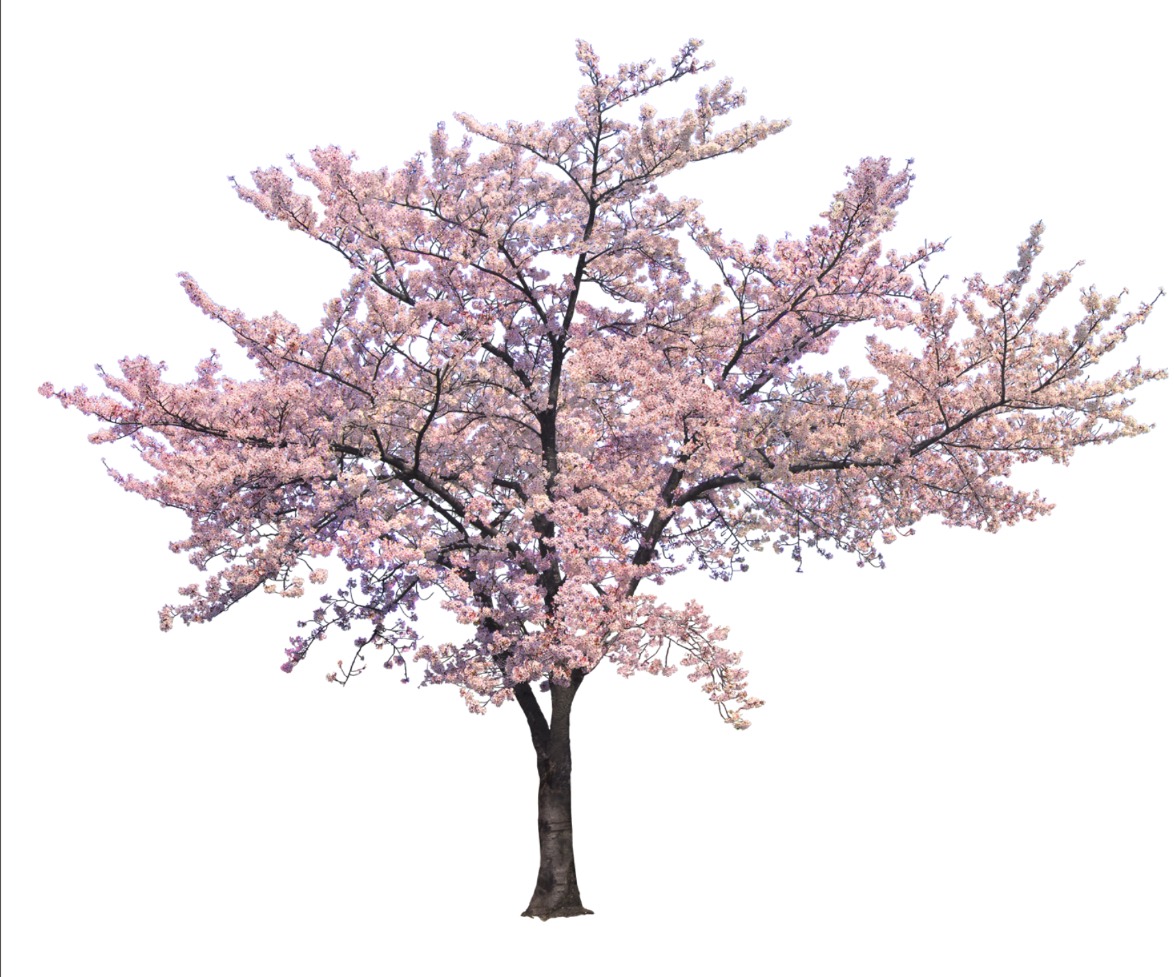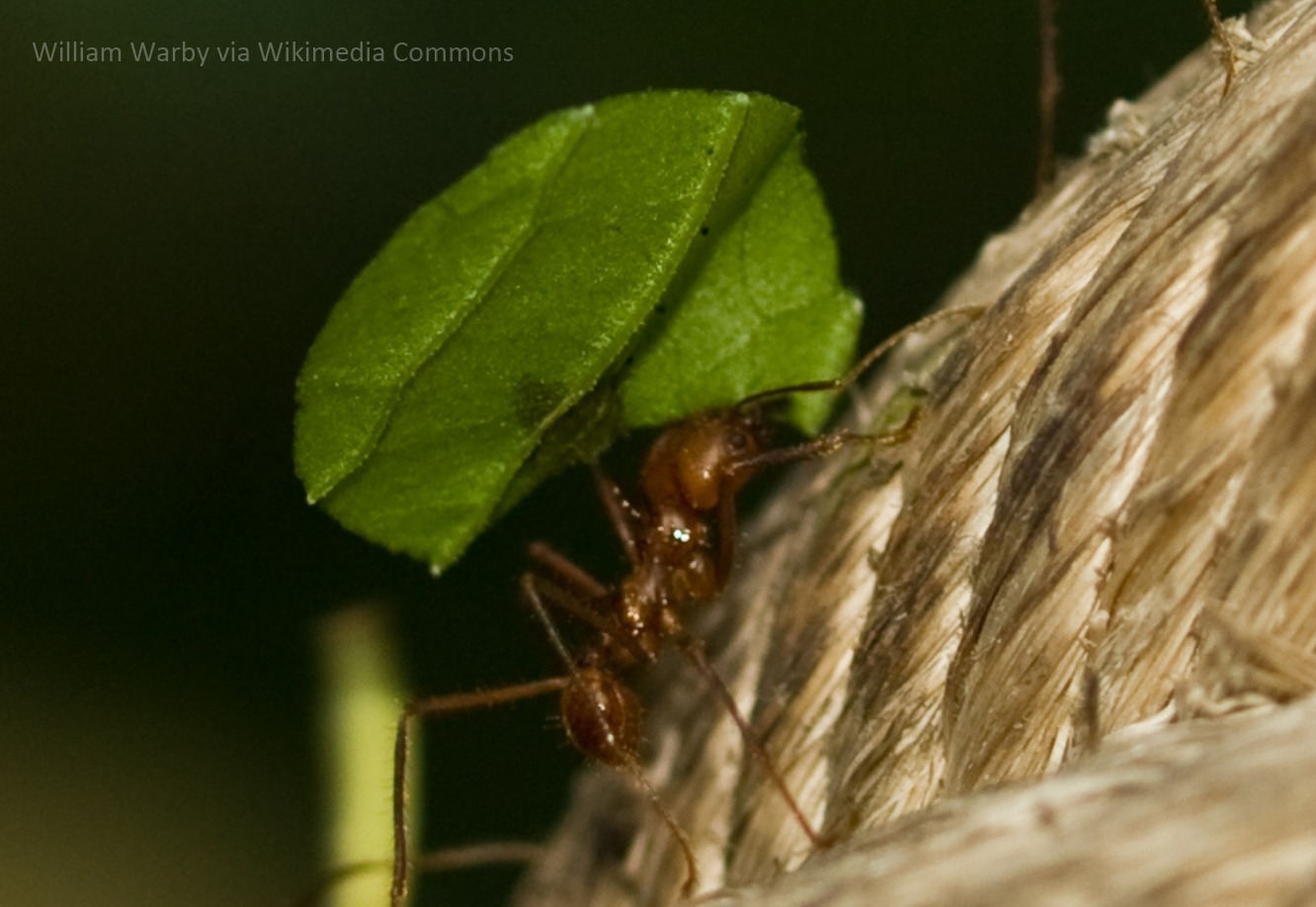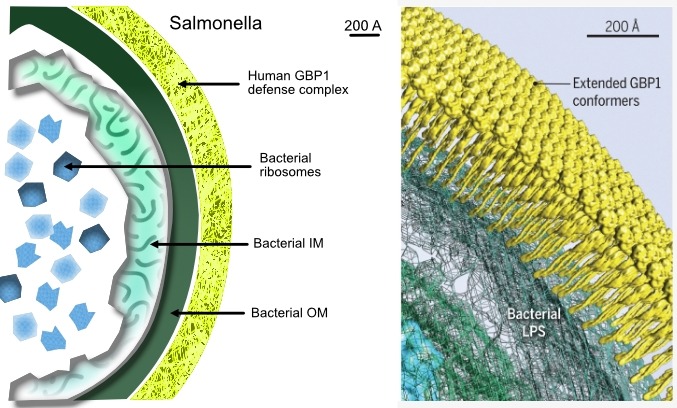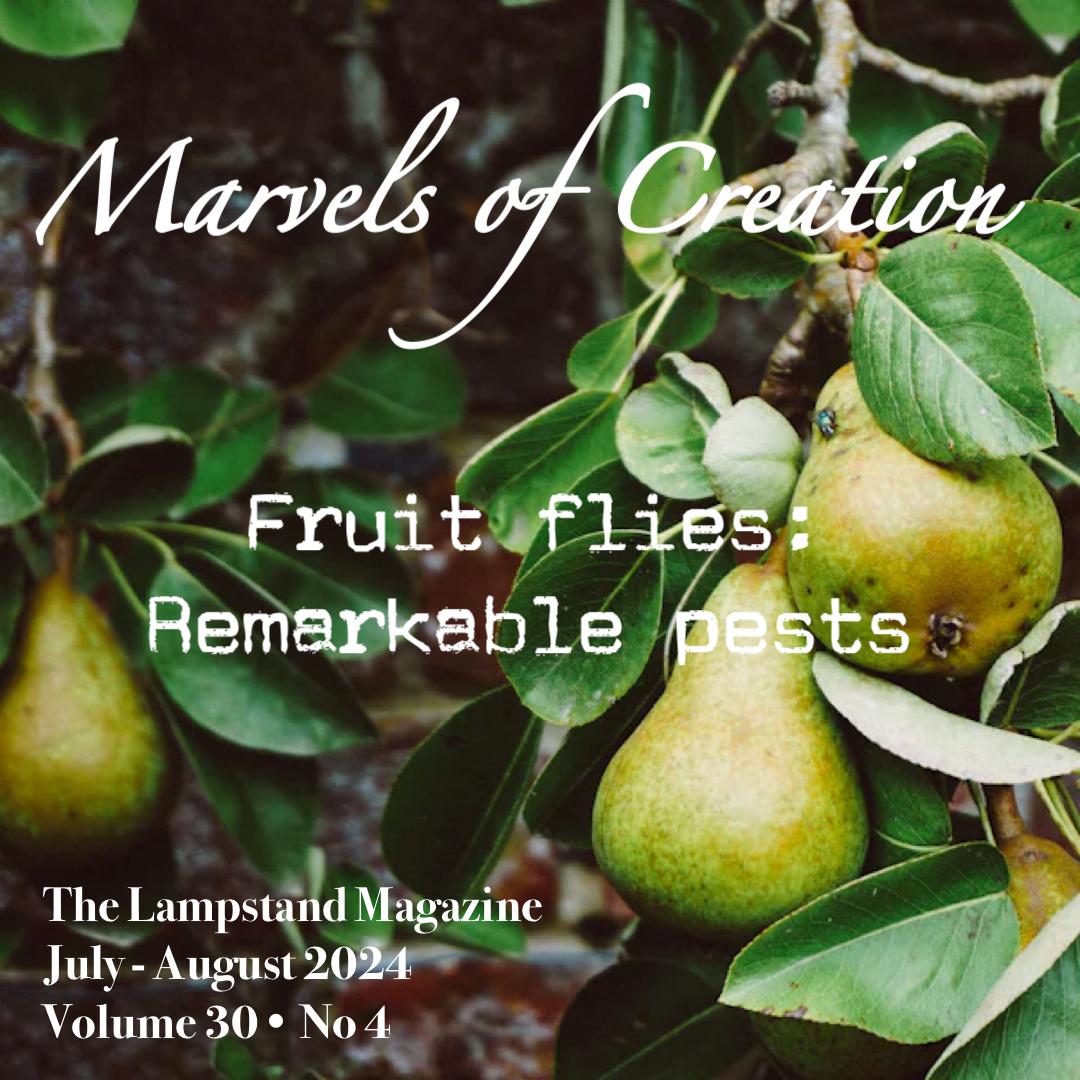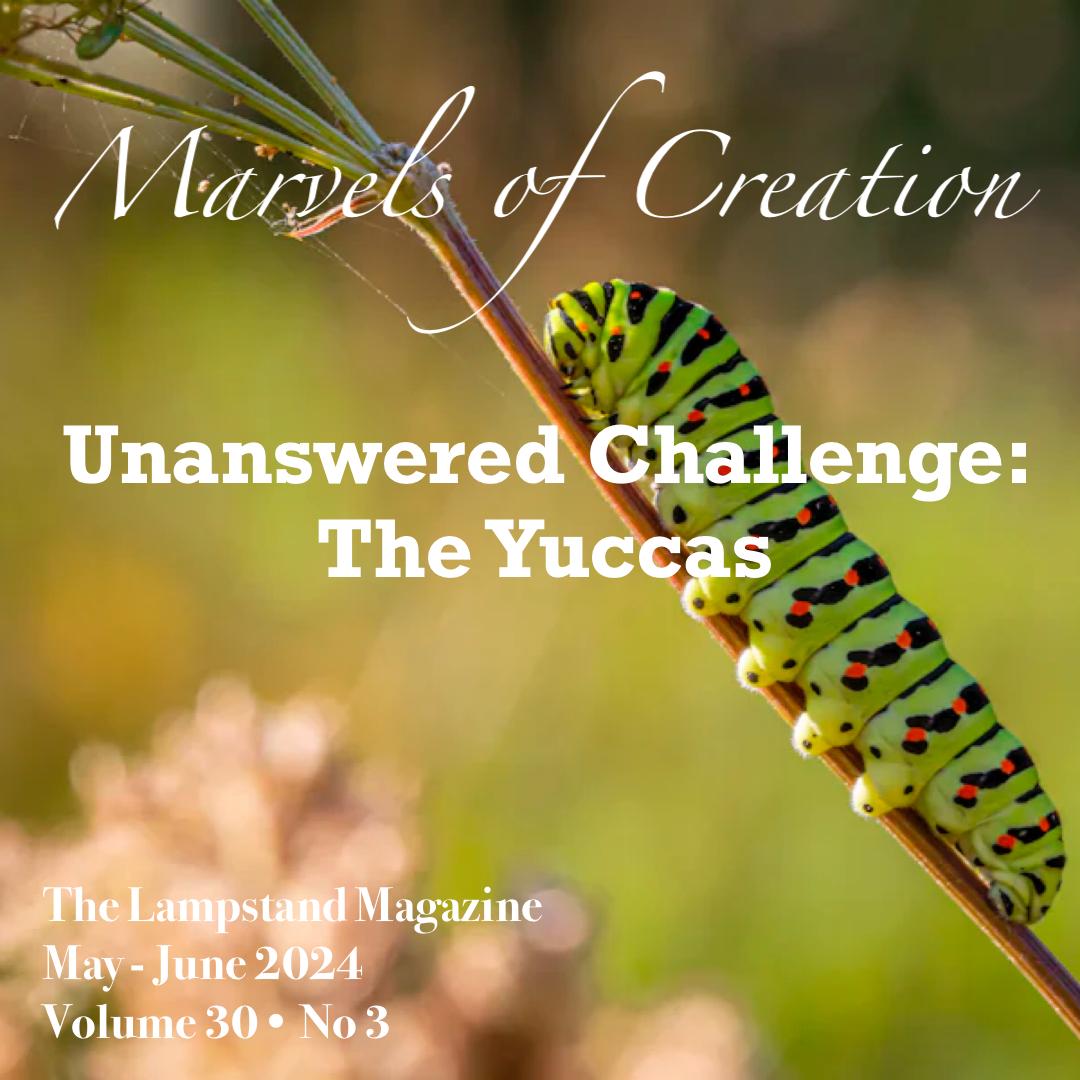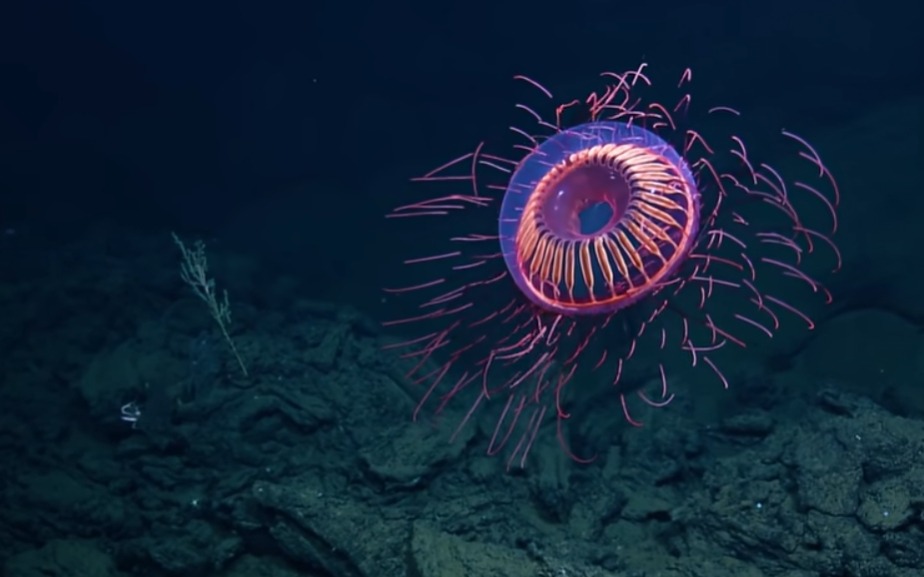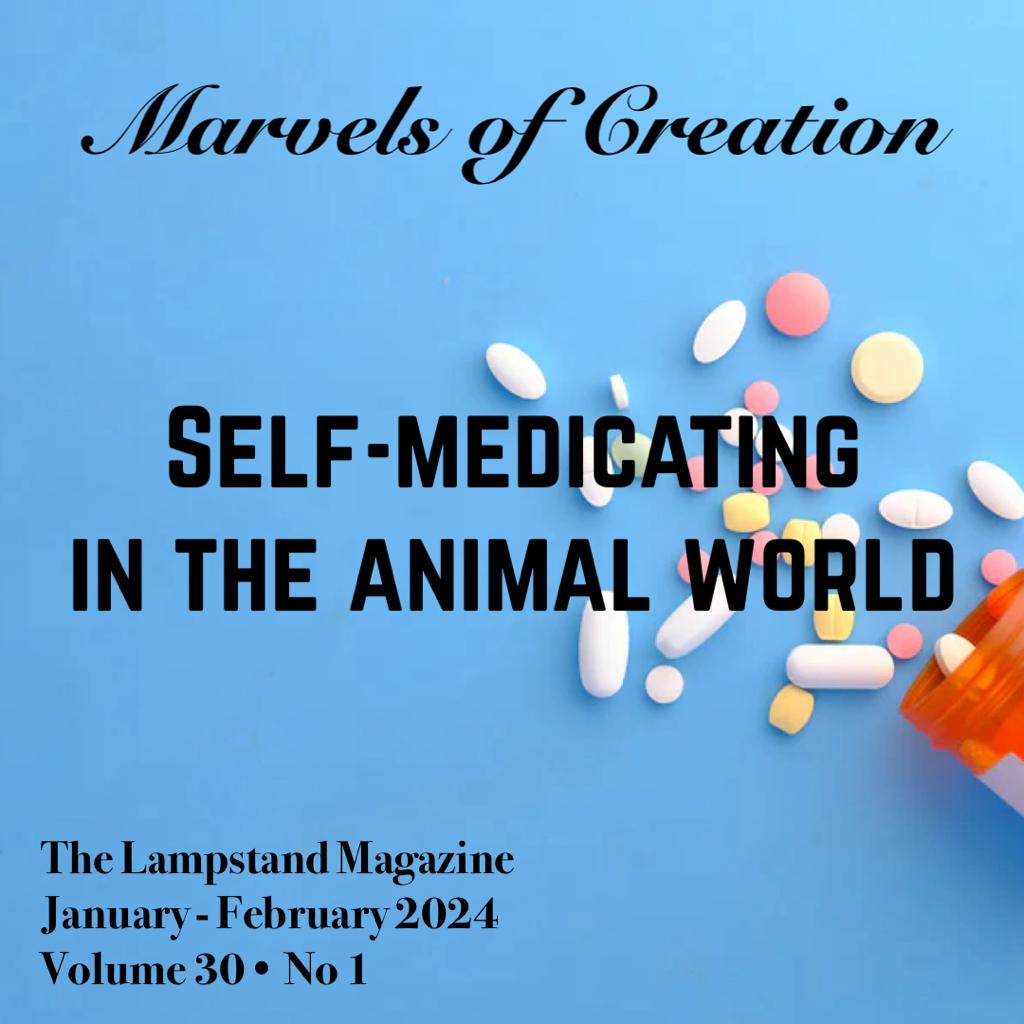Metals and Life
The origin of earth’s metals has sparked great debates amongst geo-physicists. The prevailing theory is that an evolving earth was bombarded by a flood of elements spawned by the collision of neutron stars in deep space.
Neutron stars
Neutron stars are stars that have come to the end …


